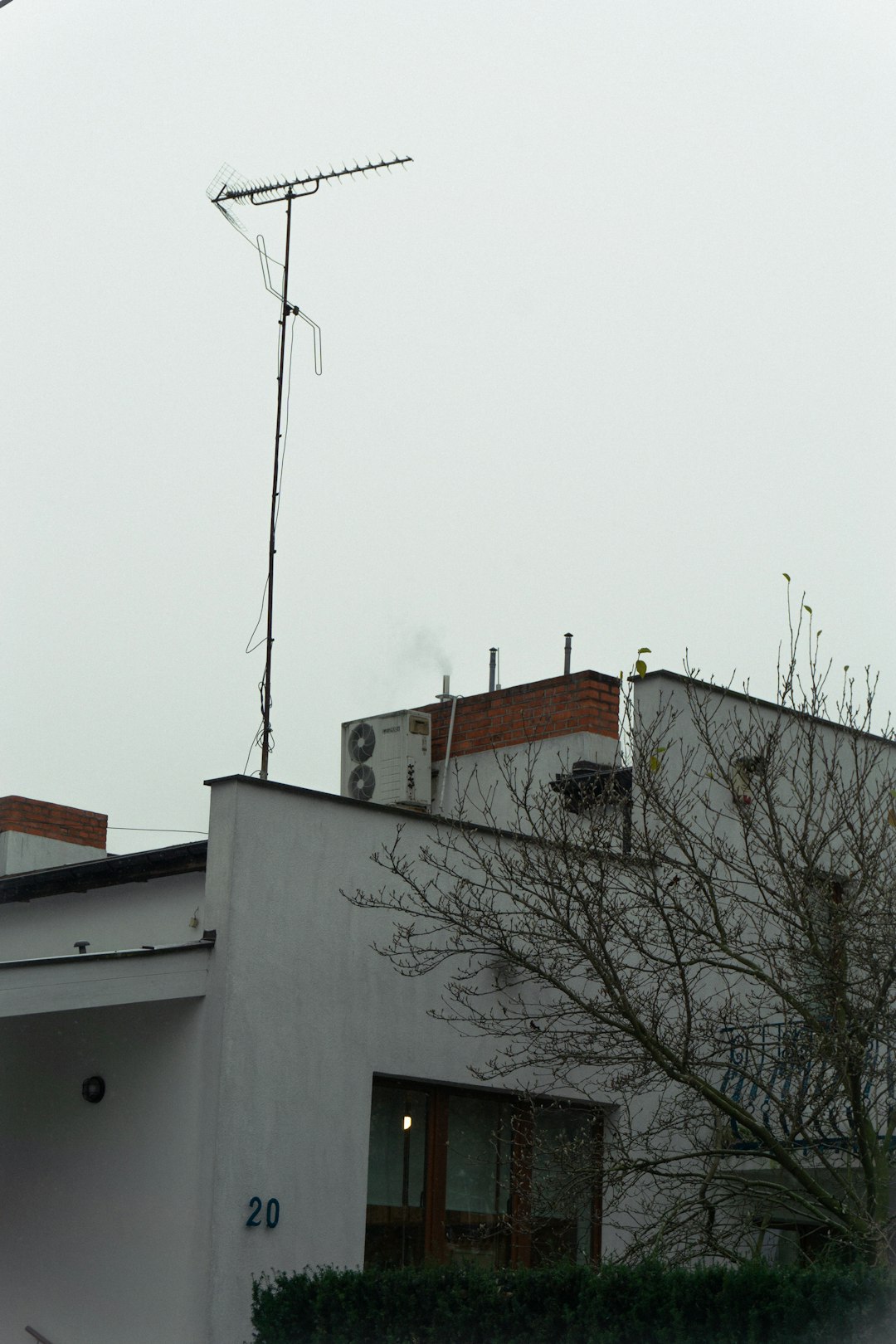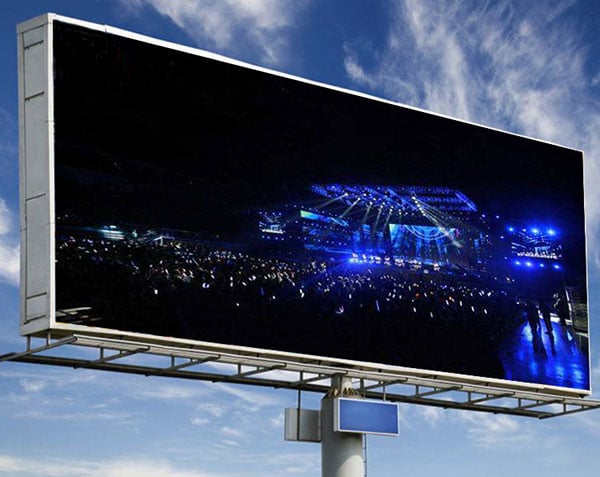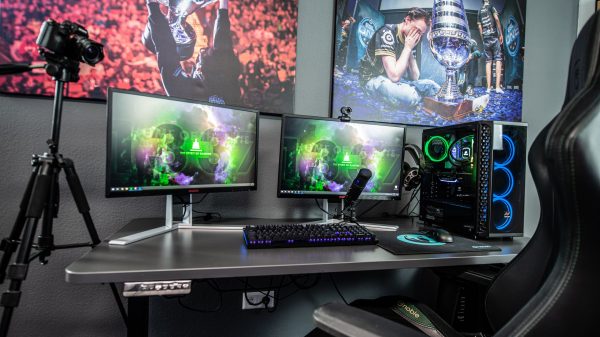In the early 2000s, as digital media and portability became increasingly central to consumer electronics, RCA introduced a product that stood at the crossroads of innovation and necessity: the RCA mobile TV. At a time when smartphones were still limited to basic multimedia functions and mobile data networks lacked the speed to stream video effectively, the RCA mobile TV provided a unique solution—offering television on-the-go without the need for Wi-Fi or data plans. It was a revolutionary concept that resonated with tech-savvy consumers, travelers, and people living in areas with unreliable network coverage.
The Genesis of Mobile Television
RCA, a company with deep historical roots in broadcasting and consumer electronics, entered the mobile TV arena with designs rooted in both pragmatism and consumer demand. During its initial release, the device capitalized on the shift from analog to digital television in the United States. With the government’s transition to ATSC digital signals, initiated officially in 2009, portable handheld TVs had the potential to receive crystal-clear broadcasts without needing rooftop antennas or cable connections.
RCA’s mobile TVs were early adopters of this digital shift. Small, lightweight, and powered by rechargeable batteries, these units allowed users to watch live local programming—including news, sports, and entertainment—anywhere within signal reach. This adaptability was key, especially for outdoor enthusiasts, commuters, and users in rural areas.

Portability and Innovation
One of RCA mobile TV’s most praised features was its portability. These compact devices typically included a fold-out stand, telescoping antenna, and a rechargeable lithium-ion battery offering up to four hours of viewing time. Screen sizes ranged from 3.5 to 9 inches, offering sharp images thanks to the digital signal reception. RCA also focused on user-friendly interfaces—making the devices intuitive to use, even for tech novices.
The versatility did not end with hardware. Some models also included features such as electronic program guides (EPGs), closed-captioning support, and headphone jacks for private listening. These options put RCA ahead of the curve in making digital TV both accessible and mobile.
Bridging a Technological Gap
In today’s era of streaming services and 5G internet, it’s easy to overlook the technological landscape of the late 2000s and early 2010s. During that period, mobile broadband was expensive and unreliable in many regions around the world. Smartphones had limitations in terms of storage, screen resolution, and available apps. RCA mobile TVs addressed these issues by eliminating the need for cellular data or cable subscriptions. Simply extend the antenna, scan for channels, and watch—free of subscription fees or buffering delays.
This was particularly powerful during emergencies and severe weather warnings. In scenarios where power and internet services were disrupted, RCA mobile TVs offered a reliable source for real-time information. Many emergency management agencies recommended keeping portable TVs in emergency kits for this very reason.
Accessibility and Consumer Appeal
A significant reason why RCA mobile TVs mattered is their role in expanding the accessibility of digital television. With prices often under $150, these devices became an economical option for students, budget-conscious families, and individuals who didn’t want or need a full television setup. RCA’s established reputation added further trust, making adoption easier for consumers hesitant about newer tech brands.
Additionally, RCA’s commitment to providing closed captioning and EPG support on mobile units also made them appealing to elderly users and those with hearing impairments—an often overlooked segment in high-tech product design.

Challenges and Decline
Despite their strengths, RCA mobile TVs eventually faced diminishing utility as new technologies emerged. With the advent of smartphones with larger screens, robust mobile data plans, and streaming services like Netflix and Hulu, the need for over-the-air mobile TV gradually declined. In addition, the coverage area for ATSC signals was geographically limited, and reception could still be challenging in fast-moving vehicles or dense urban areas.
By the mid-2010s, streaming had normalized to the point where consumers expected on-demand video instead of traditional live broadcasts. RCA, while still producing portable TVs for niche audiences, saw the mobile TV segment become more of a specialty item than a mass-market solution.
The Lasting Legacy
Even though its heyday was brief, the RCA mobile TV left a lasting impact on the consumer electronics landscape. It demonstrated that portable media consumption was not only possible but desirable—and worth investing in. This mentality led to innovations in mobile-friendly broadcasting technologies such as ATSC-M/H (Mobile/Handheld), and eventually contributed to the mass adoption of streaming apps and smart mobile devices.
Today, RCA mobile TVs are remembered fondly by enthusiasts who appreciated their marriage of simplicity and utility. They’re also occasionally collected by tech hobbyists interested in retro gadgetry. But most importantly, the RCA mobile TV served as a transitional technology that paved the way for more advanced forms of mobile content delivery, emphasizing the enduring consumer desire for entertainment on-the-go—wherever they may be.
Conclusion
The RCA mobile TV mattered not just because it was innovative, but because it addressed specific, real-world needs during an era of technological transformation. It empowered users by providing free, live television without the need for internet access; it offered portability, accessibility, and autonomy in a way that felt revolutionary at the time. While technology has moved on, the values it represented—affordable access, mobility, and user empowerment—remain cornerstone goals in modern tech design.
Frequently Asked Questions
-
What was the RCA mobile TV?
The RCA mobile TV was a portable, battery-operated television capable of receiving digital over-the-air signals using a built-in antenna. -
When was the RCA mobile TV popular?
It was most popular between 2008 and 2014, shortly after the United States transitioned from analog to digital television broadcasting. -
Did the RCA mobile TV require internet or cable?
No. It utilized ATSC digital signals transmitted over-the-air, so no internet or cable subscription was required. -
Can RCA mobile TVs still be used today?
Yes, as long as you’re within range of digital broadcast towers and have a working unit, you can still receive local channels. -
How did it perform during emergencies?
Exceptionally well. RCA mobile TVs offered dependable access to live news and weather updates during power outages or internet disruptions. -
Are RCA mobile TVs collectable now?
To some extent, yes. Tech enthusiasts and collectors are growing increasingly interested in early digital and mobile media devices.


































